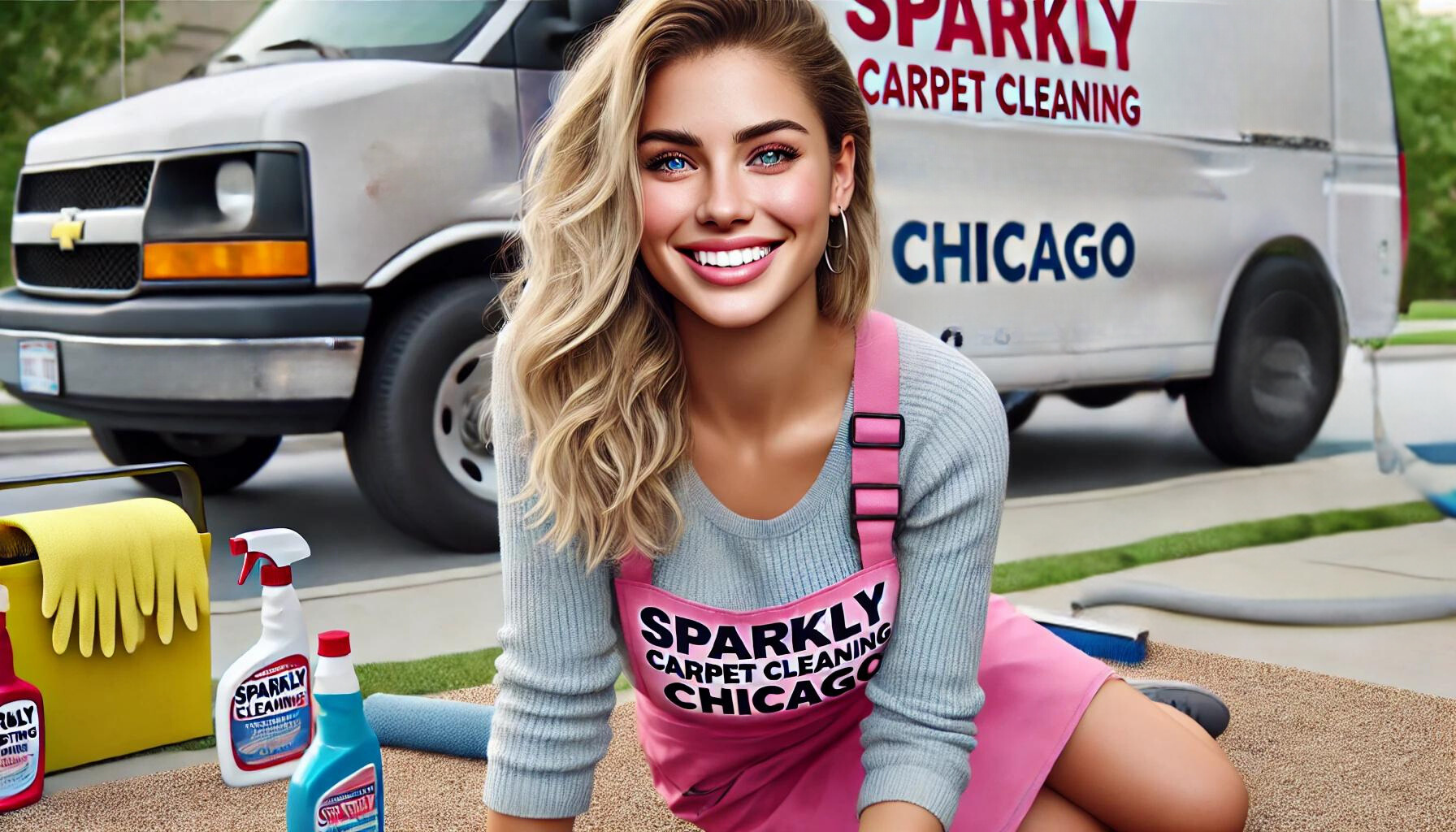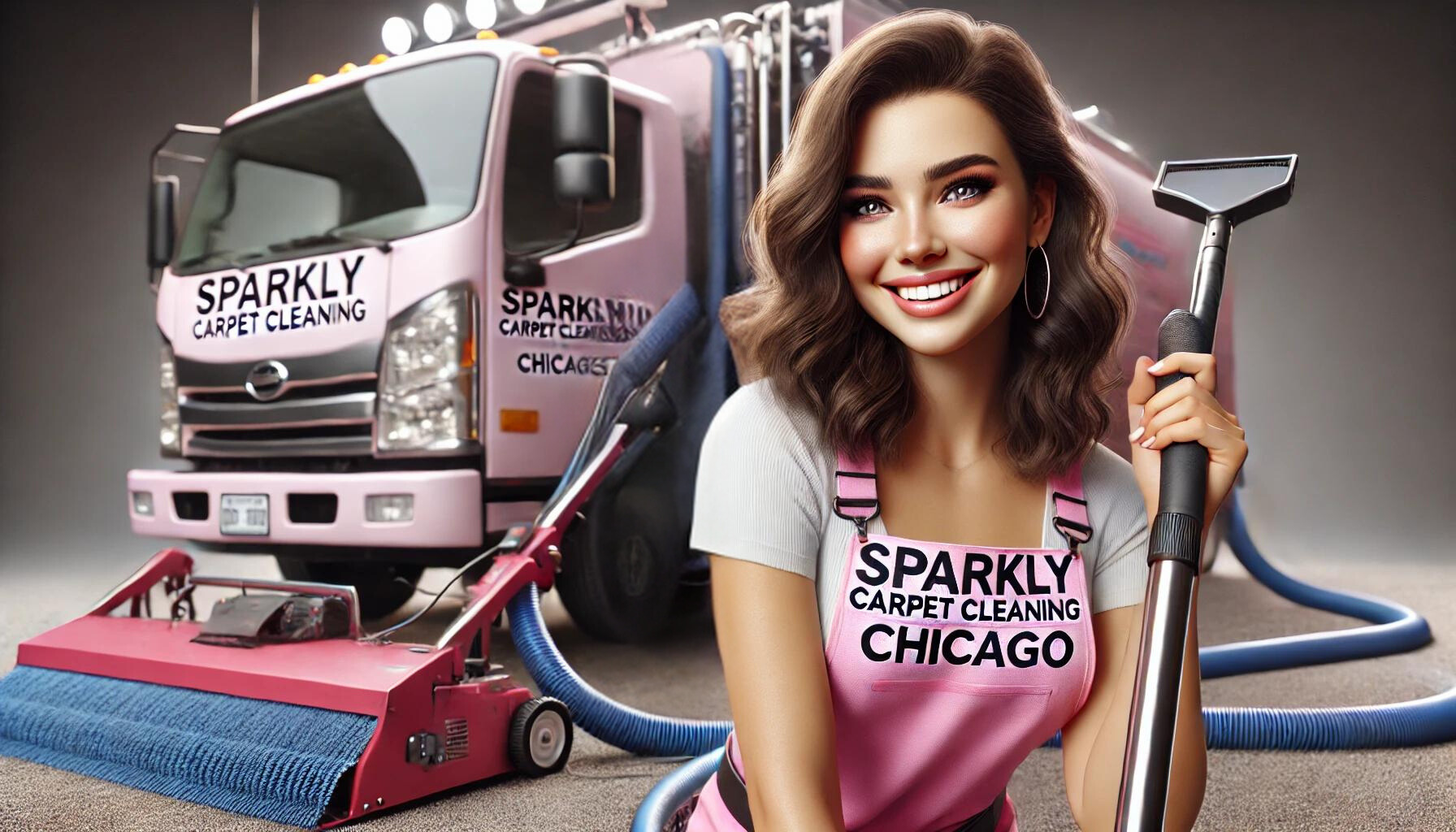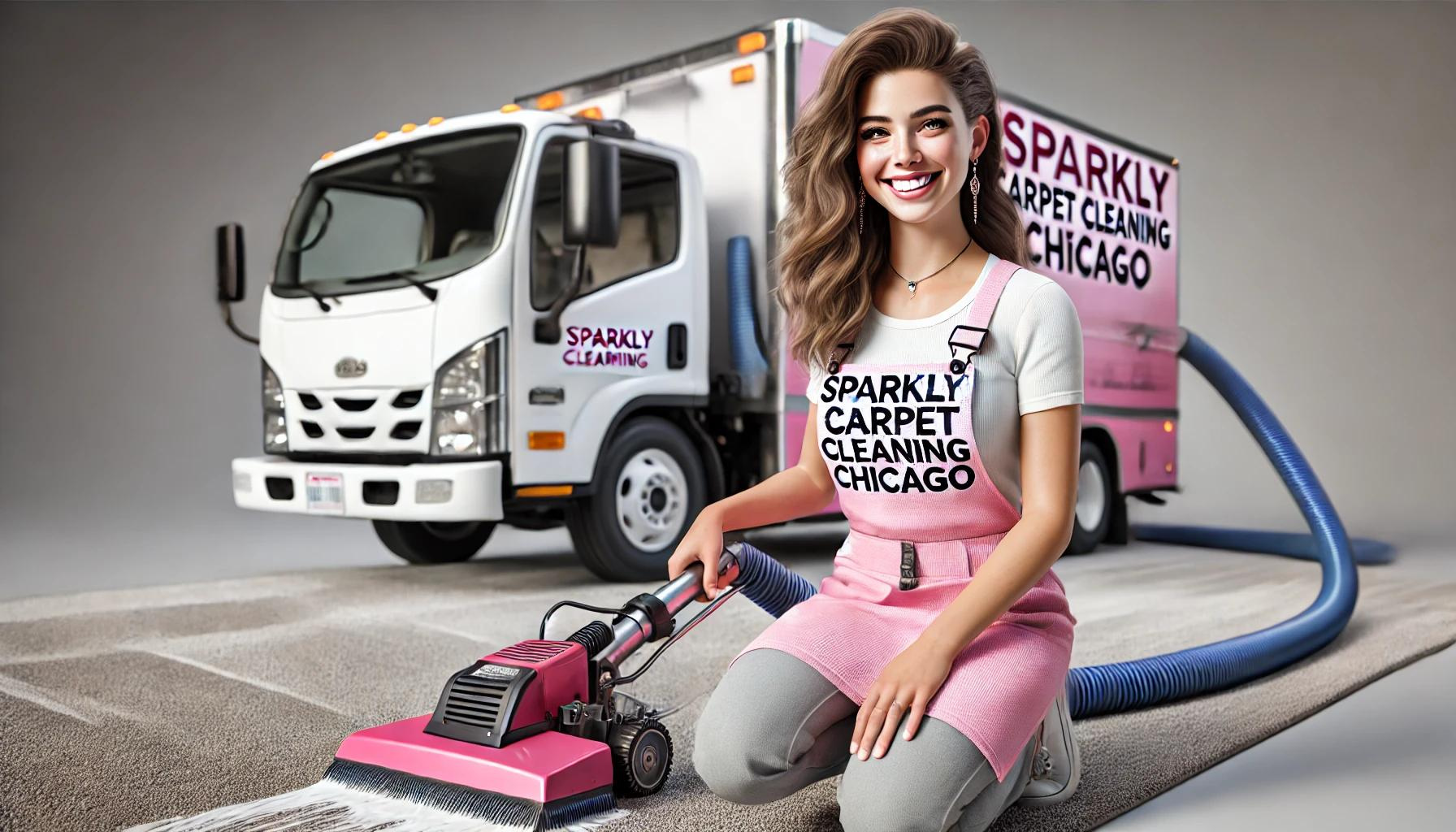How To Build A Truck Mount Carpet Cleaning Machine
Introduction To Building Your Own Truck Mount Carpet Cleaning System
If you’re looking to tackle the challenge of constructing your own truck-mounted carpet cleaning machine, you've come to the right place. This comprehensive guide is designed to help you understand, plan, and build a powerful cleaning system tailored to your needs. Whether you're starting a carpet cleaning business or upgrading your current equipment, building your machine can offer customization and cost savings. Let's dive into the process of creating a robust truck-mounted carpet cleaning system that delivers professional results.
Understanding the Components of a Truck Mount Carpet Cleaning Machine
Overview of Essential Parts
A truck-mounted carpet cleaning system consists of several key components that work together to clean effectively. Here’s what you'll need:
Engine and Vacuum System: Acts as the powerhouse, driving the vacuum necessary for suction.
High-Pressure Water Pump: Provides the required water pressure for deep cleaning.
Heating Unit: Heats water to enhance cleaning efficiency, especially on oily or greasy stains.
Recovery and Solution Tanks: Stores clean and dirty water separately.
Hoses and Reels: Facilitate the movement of solutions to and from the carpet.
Cleaning Wands and Tools: Used to actually clean the carpet.
Battery and Electrical System: Powers the machine’s components.
Frame and Mounting Hardware: Securely holds all components within the truck.
Choosing the Right Engine and Vacuum System
Selecting an appropriate engine is critical, as it needs to provide sufficient power for the vacuum and pump. Diesel engines are popular in commercial cleaning systems due to their durability and long life span. The vacuum system must offer enough airflow and lift to remove dirt and moisture effectively from carpets. Research and compare different models to find one that suits the size and scale of your operations.
Planning and Assembling Your Machine
Designing the Layout
Proper layout within your truck is crucial for safety and efficiency. Balance the weight distribution to ensure safe driving conditions. Components should be accessible for maintenance without requiring disassembly of other parts. Use CAD software or sketch manually to visualize the placement before installation.
Installing the Main Components
Begin by securely mounting the engine. Ensure that it is stable and that vibration is minimized, which can be achieved using specialized mounting pads. Next, install the vacuum, followed by the water pump and heating unit. The tanks should be placed to maintain balance and should be securely fastened to prevent movement during transit.
Connecting and Testing the System
Hooking Up Electrical and Plumbing Systems
Electrical and plumbing installations are critical steps that should comply with safety standards. Use high-quality, durable hoses and secure electrical connections. It’s essential to ensure that all components are grounded properly to avoid electrical hazards.
Conducting Initial Tests
After installation, thoroughly test each component for functionality. Check for leaks in the plumbing system, test the water pump's pressure settings, and ensure the heating unit reaches the desired temperatures. Adjustments might be necessary to fine-tune the system for optimal performance.
Enhancing Performance with Accessories and Add-ons
Incorporating Advanced Cleaning Tools
Consider adding specialized wands for different types of carpets or upholstery tools for furniture. These tools can enhance your service offering and improve cleaning quality. Other add-ons, like pre-spray systems, can speed up the cleaning process by applying cleaning solutions more efficiently.
Automation and Control Systems
Installing control systems can help monitor the performance and efficiency of your machine. Automated systems can regulate water temperature, solution flow, and even track cleaning progress, which helps in maintaining consistent cleaning standards.
Tips for Maintenance and Troubleshooting
Regular Maintenance Routine
Developing a maintenance routine is essential to keeping your machine in optimal condition. Regular checks should include engine oil and filter changes, inspection of hoses and belts for wear, and cleaning or replacing air filters. This proactive approach helps prevent breakdowns and extends the lifespan of your equipment.
Troubleshooting Common Issues
Common issues might include reduced suction power, unusual noises, or drops in heating efficiency. Keeping a troubleshooting guide on hand can be invaluable. For example, if suction power decreases, check for clogs in the hoses or issues with the vacuum’s filter system.
Final Thoughts on Your New Truck Mount Carpet Cleaning Machine
By following this guide, you are well on your way to constructing a truck-mounted carpet cleaning machine that meets your specific needs and enhances your cleaning capabilities. This project not only allows for a deeper understanding of your equipment but also provides the satisfaction of using a machine tailored specifically to your operations. With diligence and attention to detail, you'll build a system that offers reliability and high-quality cleaning performance, setting you apart in the carpet cleaning industry.



